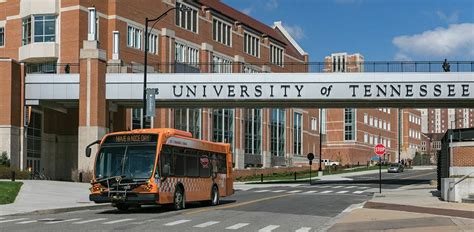Understanding Child Sexual Abuse

Child sexual abuse is a prevalent and devastating crime that affects millions of children worldwide. It involves any sexual contact or exploitation of a minor by an adult or older individual. Recognizing the signs and symptoms of child sexual abuse is crucial for prevention and intervention.
Statistics and Prevalence
According to the National Sexual Violence Resource Center, an estimated 1 in 4 girls and 1 in 6 boys will experience sexual abuse before the age of 18. These statistics are alarming and highlight the need for increased awareness and protective measures.
Types of Child Sexual Abuse
Child sexual abuse can manifest in various forms, including:
- Contact abuse: This involves physical sexual contact, such as touching, penetration, or oral sex.
- Non-contact abuse: This includes any form of sexual exploitation without physical contact, such as grooming, sexting, or exposing a minor to pornography.
Grooming: A Predatory Tactic
Grooming is a deliberate process used by perpetrators to gain trust and access to a child. Predators build relationships with children, often online or in person, by engaging in activities that appeal to their interests or vulnerabilities. They may offer gifts, money, attention, or affection to gain the child’s trust and compliance.
Identifying Signs and Symptoms
Recognizing the signs of child sexual abuse can be challenging, as children may be reluctant to disclose due to fear, shame, or embarrassment. Common signs and symptoms include:
- Behavioral changes: Withdrawal, aggression, anxiety, or depression.
- Physical signs: Bruises, injuries, or genital infections.
- Emotional distress: Nightmares, flashbacks, or difficulty concentrating.
- Disclosure: Any indication that a child has been subjected to sexual contact or exploitation.
Preventing Child Sexual Abuse
Preventing child sexual abuse requires a multi-faceted approach involving parents, educators, professionals, and the community as a whole. Effective strategies include:
- Education: Teach children about body safety, good touch/bad touch, and how to report abuse.
- Supervision: Maintain responsible supervision of children, especially in public places or when interacting with strangers.
- Monitoring: Monitor children’s online activity and social media interactions to identify potential risks.
- Reporting: Report any suspected cases of child sexual abuse to authorities immediately.
Why Preventing Child Sexual Abuse Matters
Preventing child sexual abuse is essential for the well-being and future of our children. It protects them from the devastating psychological, physical, and social consequences that can last a lifetime. By taking proactive measures, we can create a safe environment for our children to thrive.
Benefits of Preventing Child Sexual Abuse
- Improved mental health: Reduced risk of anxiety, depression, and post-traumatic stress disorder.
- Enhanced social development: Increased self-confidence, healthy relationships, and ability to form positive attachments.
- Improved educational outcomes: Reduced truancy, better grades, and higher graduation rates.
- Economic benefits: Decreased healthcare costs, reduced criminal justice expenses, and increased productivity.
Frequently Asked Questions (FAQs)
- What should I do if I suspect a child is being sexually abused? Report your suspicions to Child Protective Services or law enforcement immediately.
- How can I talk to my child about child sexual abuse? Use age-appropriate language to explain body safety, good touch/bad touch, and the importance of reporting abuse.
- What resources are available for victims of child sexual abuse? Many organizations provide support and services to victims of child sexual abuse, such as counseling, legal assistance, and medical care.
- Where can I report cases of suspected child sexual abuse? You can report suspected cases to Child Protective Services, law enforcement, or the National Child Abuse Hotline at 1-800-422-4453.
- What is the difference between sexual abuse and sexual assault? Sexual abuse is a broader term that encompasses any sexual contact or exploitation of a minor, while sexual assault refers to non-consensual sexual contact.
- Why do children often delay disclosing abuse? Children may delay disclosing abuse due to fear, shame, embarrassment, or pressure from the perpetrator.
Additional Resources
- National Sexual Violence Resource Center: https://www.nsvrc.org/
- Childhelp USA: https://www.childhelpusa.org/
- The Rape, Abuse & Incest National Network (RAINN): https://www.rainn.org/
